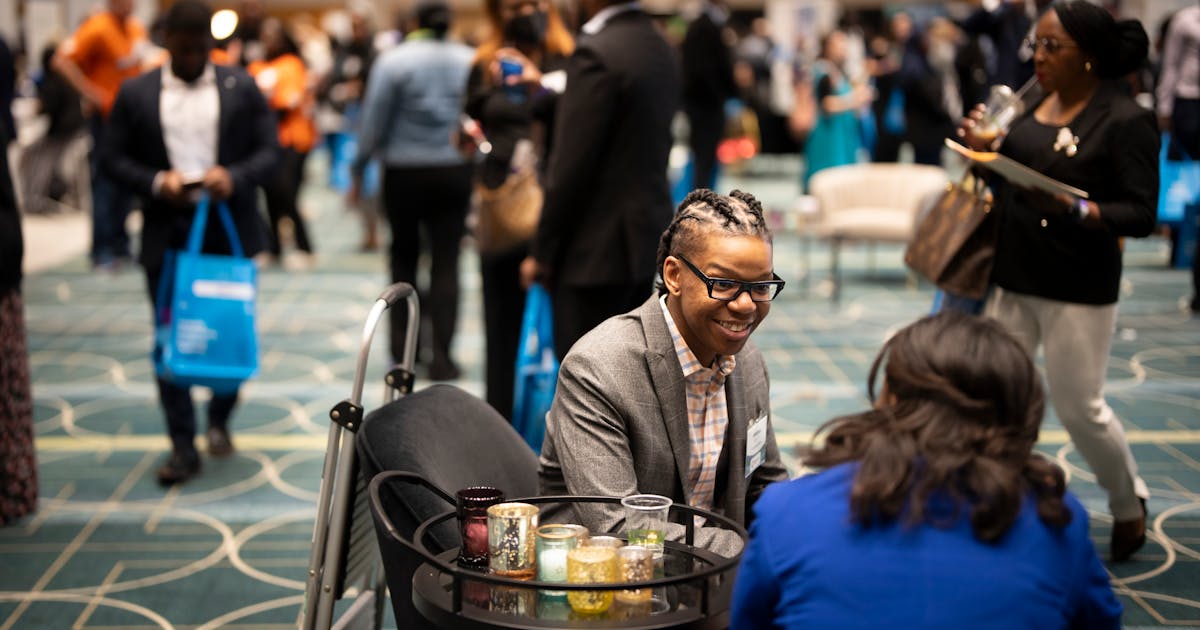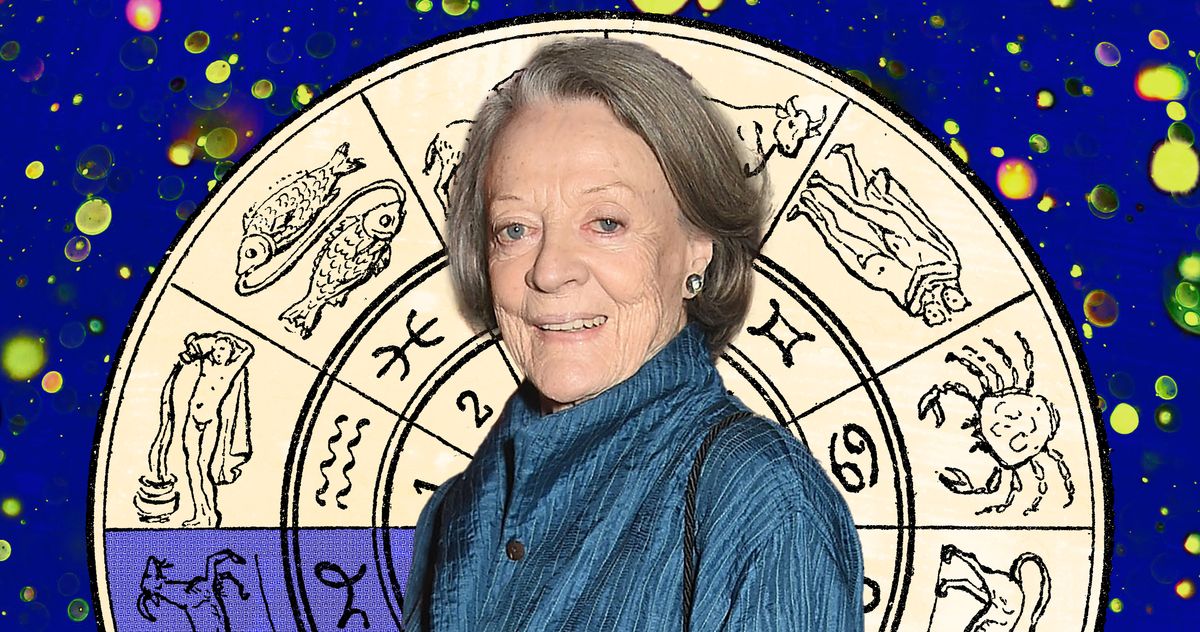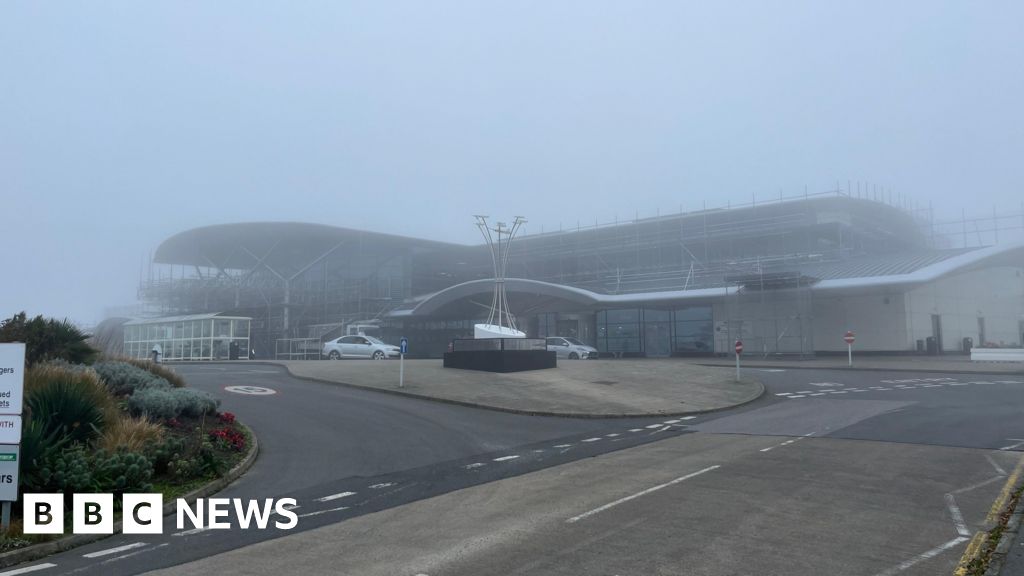Jobs
Ramstad: In a tight labor market, job fairs have changed to find people on the margins

With graduation just around the corner, Mohamed Mohamed, a senior in computer science at the University of Minnesota, has had a lot of opportunities to meet job recruiters on campus. Late last month, he also stopped in at the People of Color Career Fair at the Minneapolis Convention Center.
“It definitely stood out. There’s a lot of other virtual fairs and in-person career fairs. But this was specific to people of color, which made it easier to come to and easier to talk to recruiters and people doing the actual hiring,” Mohamed told me during a break at the event.
Labor has turned from abundant to scarce in Minnesota. U.S. Bancorp, the Minneapolis banking firm, last week released a survey that showed labor shortage was seen as the top risk by bank executives in the Midwest and Mid-Atlantic states.
One effect is that the cottage industry of career fairs has proliferated with events that divide up and target the labor pool in new ways.
Many of these events are led by people eager to help prospective workers who have historically been overlooked by employers. In addition to the People of Color event, there have been local job fairs in the past two weeks for veterans, people with physical disabilities and people who are hard of hearing or deaf.
Sharon Smith-Akinsanya, founder of Rae Mackenzie Group, the Minneapolis marketing firm that runs the People of Color Career Fair, was creating such opportunities long before diversity initiatives became a craze in business circles. She is one of the civic leaders who recognized that, starting about a decade ago, all growth in the Twin Cities region was coming from people of color — and that represented a mismatch with executive suites and hiring offices dominated by white people.
That chasm needed to be bridged and yet, as Smith-Akinsanya put it, “We’re all still human. We want to work with people we feel like we know.”
Her firm conducts online seminars to help candidates get ready for the fair, and it will work directly with employers so they know how to make the most from the event. More than 50 companies participated in the latest fair, held April 24.
Smith-Akinsanya credited three companies — U.S. Bank, Andersen Corp., the Bayport-based maker of doors and windows, and Midco, the Edina-based broadband operator — for being there at the start of the People of Color event six years ago. All three have attended the fair, held every six months, ever since.
“It used to be that if we posted a job, there would be a line of people outside our production facility wanting that job,” said Karen Richard, human resources chief at Andersen. “Today, we post jobs and we have to work a lot harder.”
Andersen’s HR team gets help with recruitment from nine employee groups, some oriented around race or gender and others on job specialties like engineering, said Tracey Gibson, the firm’s chief diversity officer.
David Nathanson, who teaches American Sign Language at White Bear Lake High School, started the Deaf Culture, Language and Careers Event three years ago. About 52% of adults who are deaf or hard of hearing work, Nathanson said. That’s well below the state’s labor participation rate of nearly 70%. Any narrowing of the gap in deaf employment is a boost to Minnesota’s overall workforce.
“I’m trying to create opportunities for them to find jobs,” Nathanson, who is deaf, said in a phone interview conducted with a sign language translator. “The process is not easy for people.”
Disability:IN Minnesota, an Eden Prairie-based organization that helps employers hire and retain people with physical disabilities, changed its annual job fair to a virtual event during the pandemic. Both job seekers and employers thought that was a more convenient format. Many of Disability:IN Minnesota’s workshops are timed to build up to the fair. Nineteen employers participated in the latest fair, held April 26, and some had more than one virtual booth for interviewing.
“We got a really high amount of feedback after this one, a lot of requests to hold a second one this year,” said Jamie Rudolph, a U.S. Bank vice president who is the chair of Disability:IN Minnesota.
Scarlett Xiong, an HR manager at Lutheran Social Service in St. Paul, told me there’s a bigger return from this niche recruiting than simply pushing the boundaries of the existing workforce.
“You get a more diverse way of problem-solving and looking at business,” Xiong said. “People bring in different cultures and thought processes about how to make a business work and run.”










